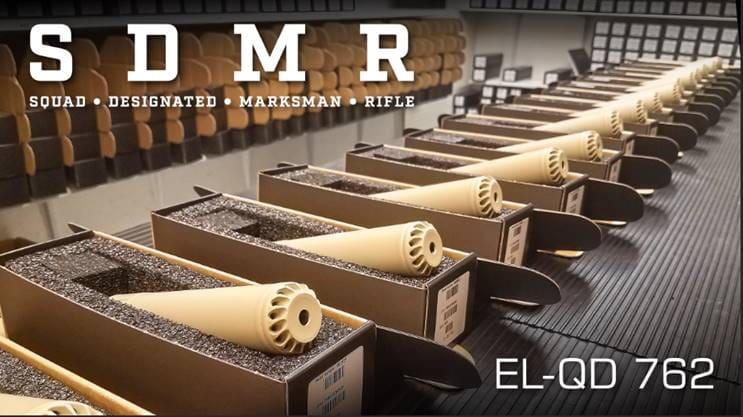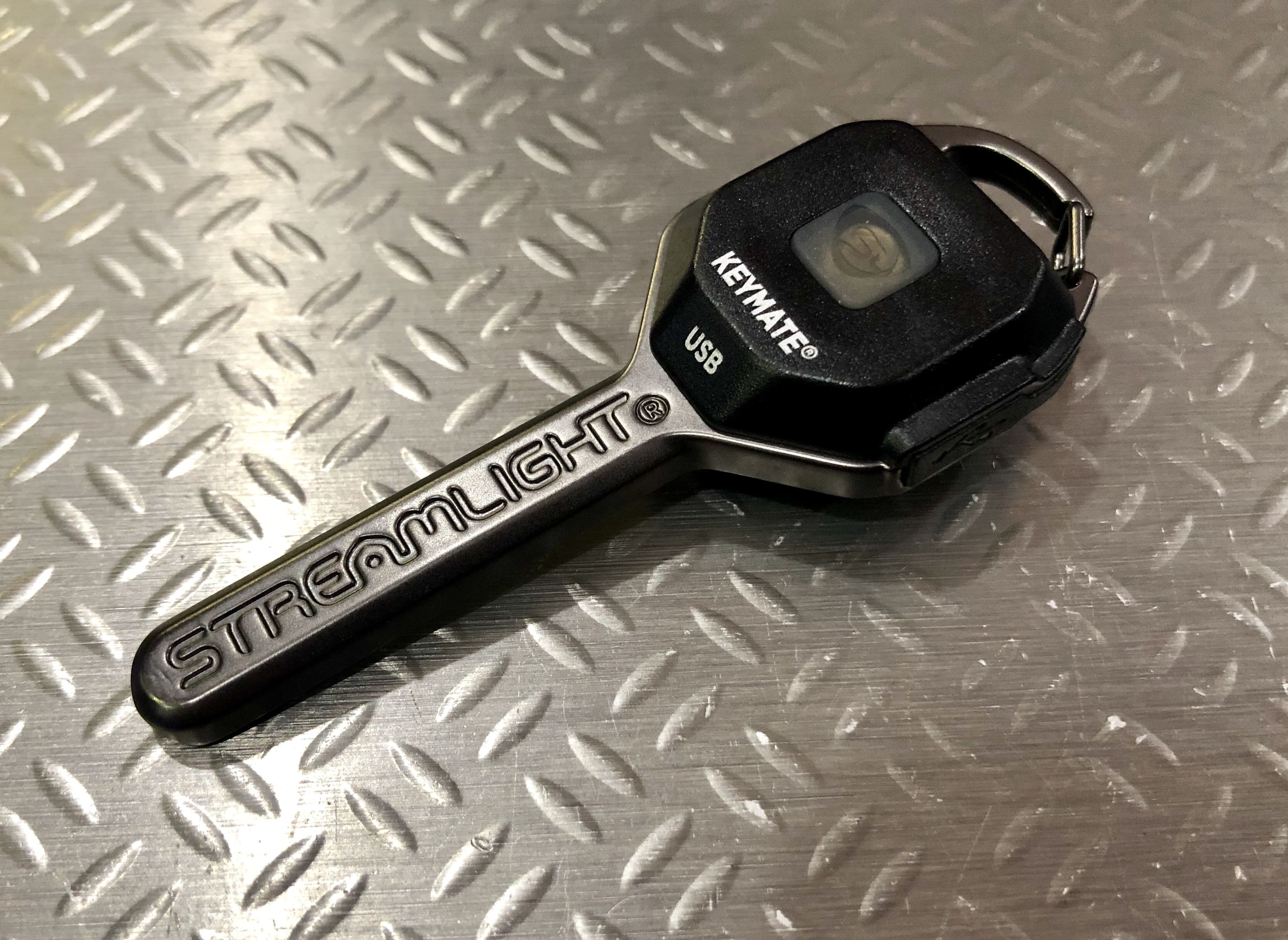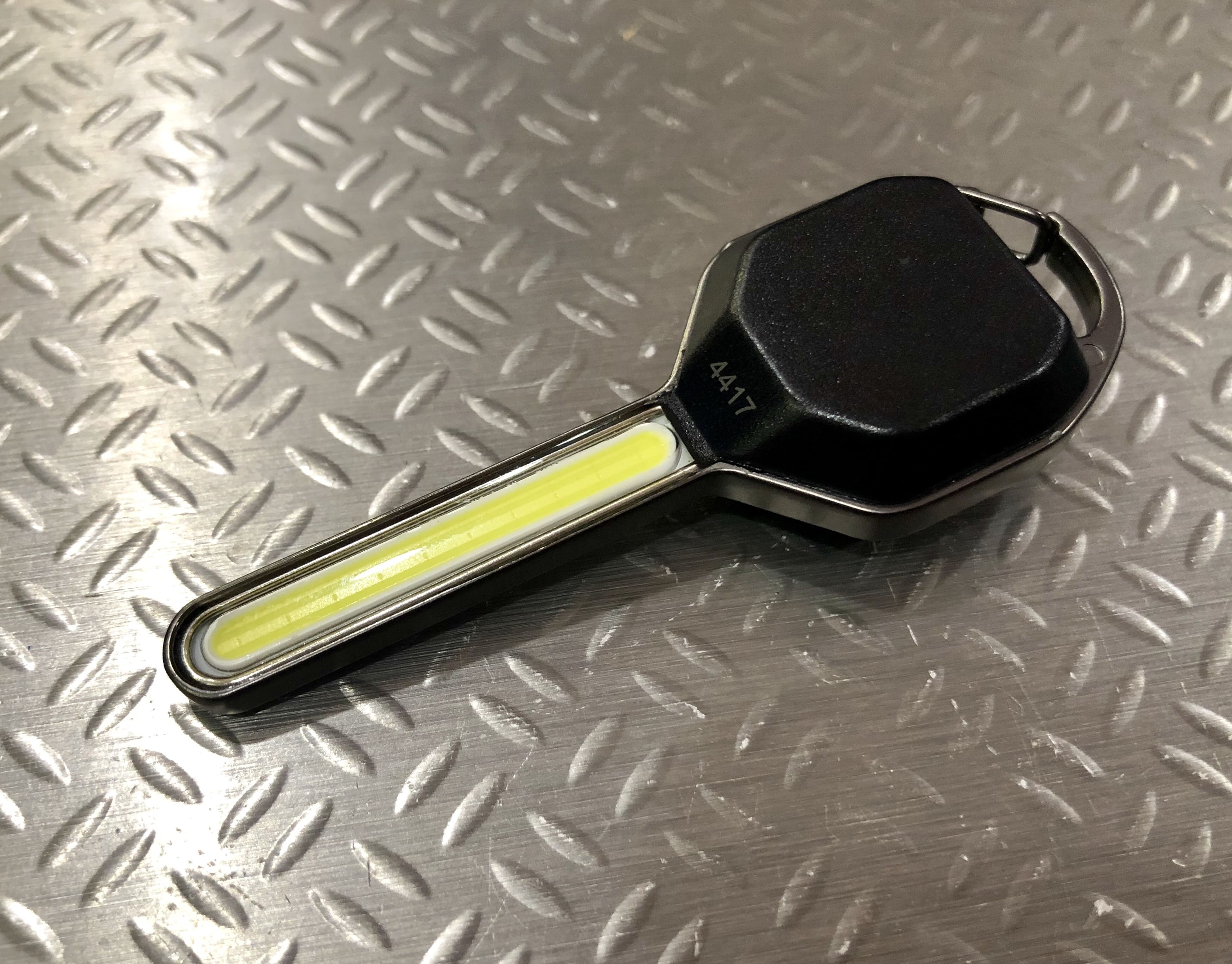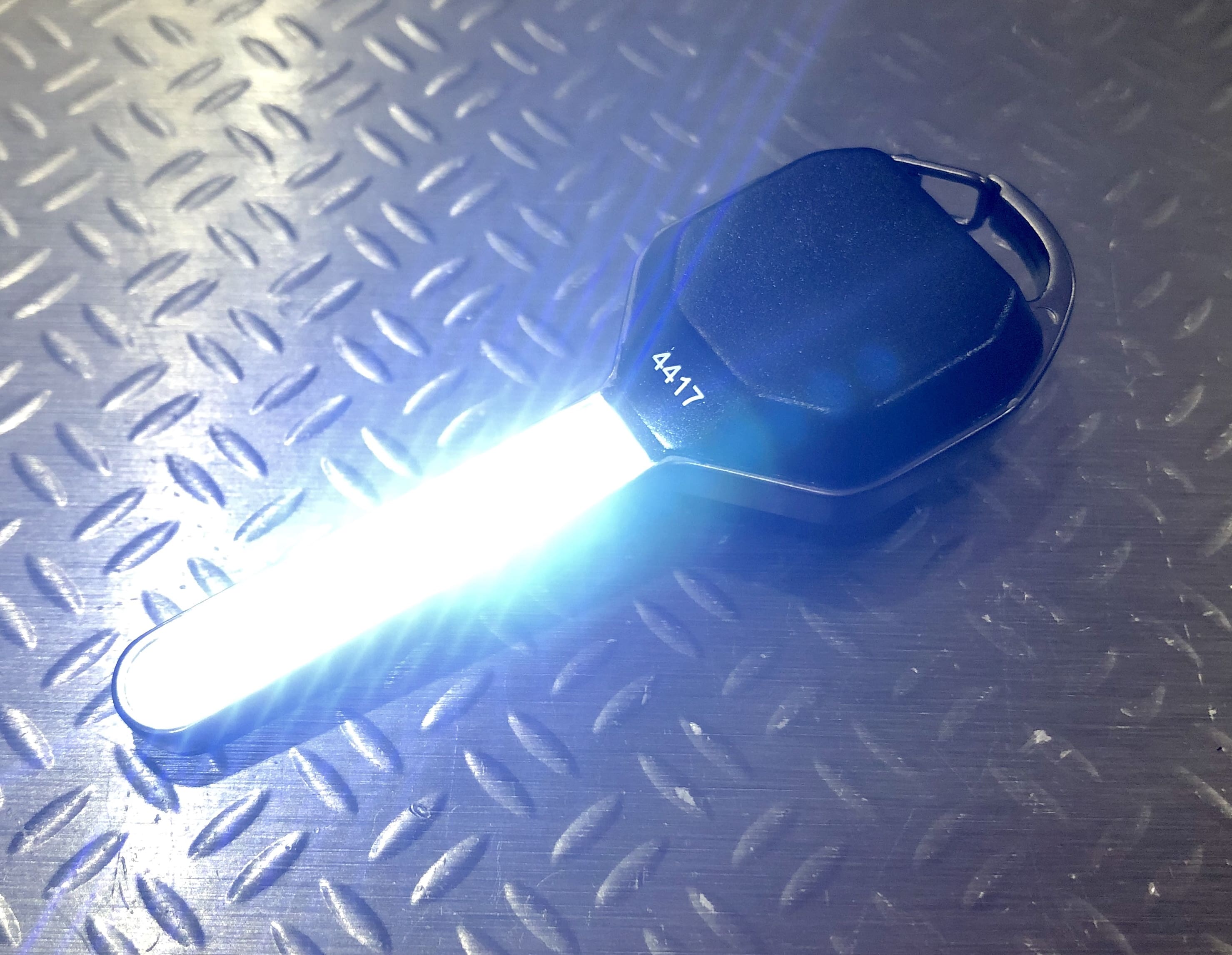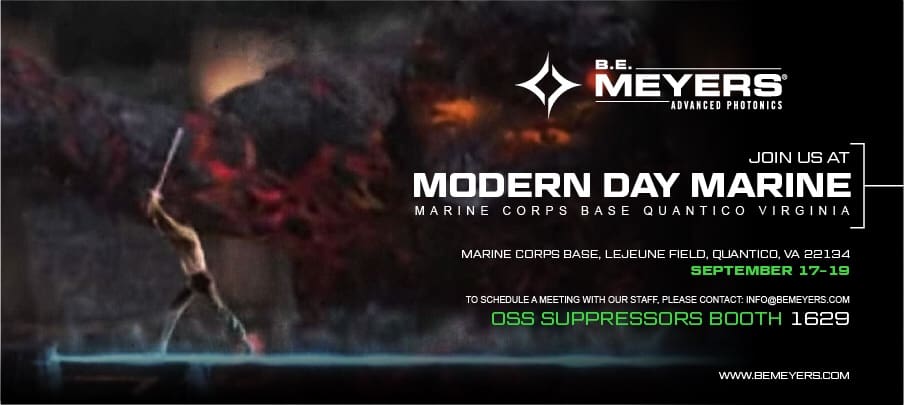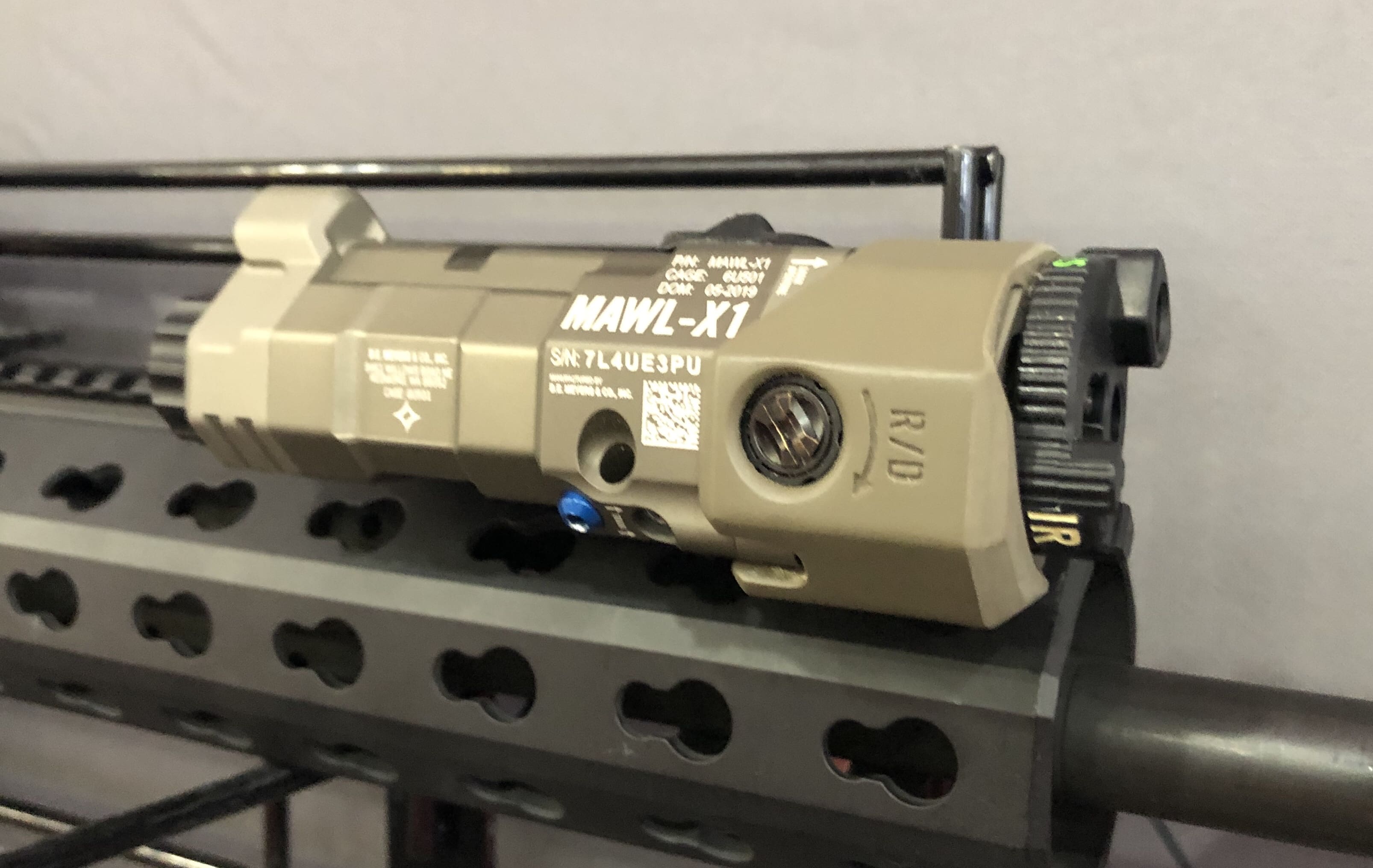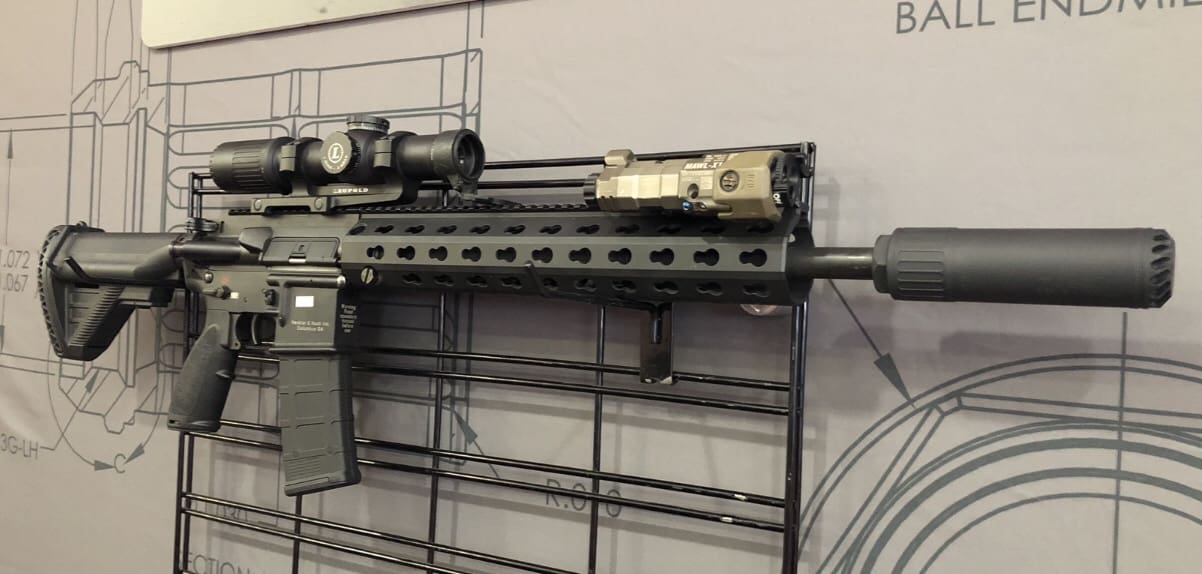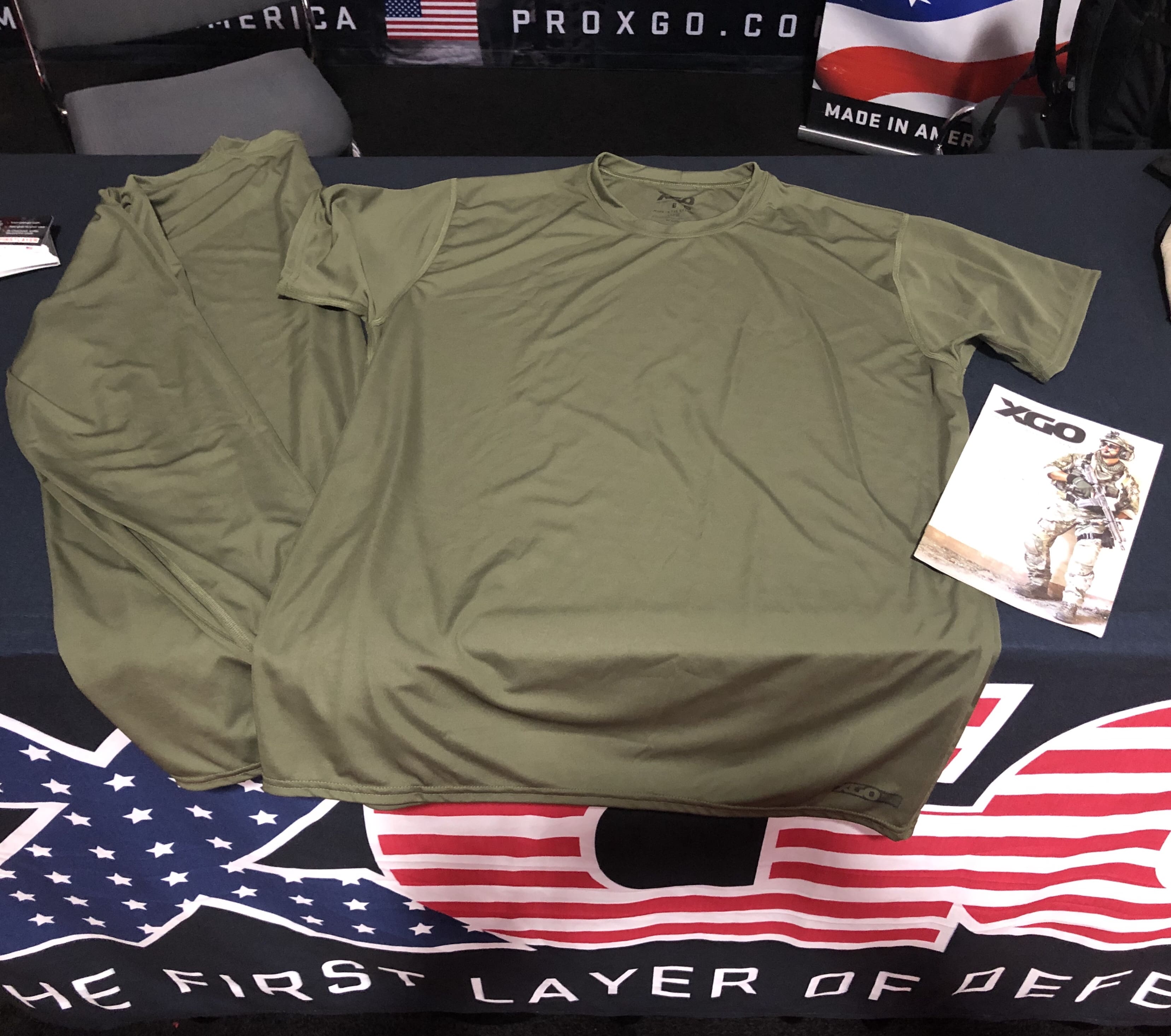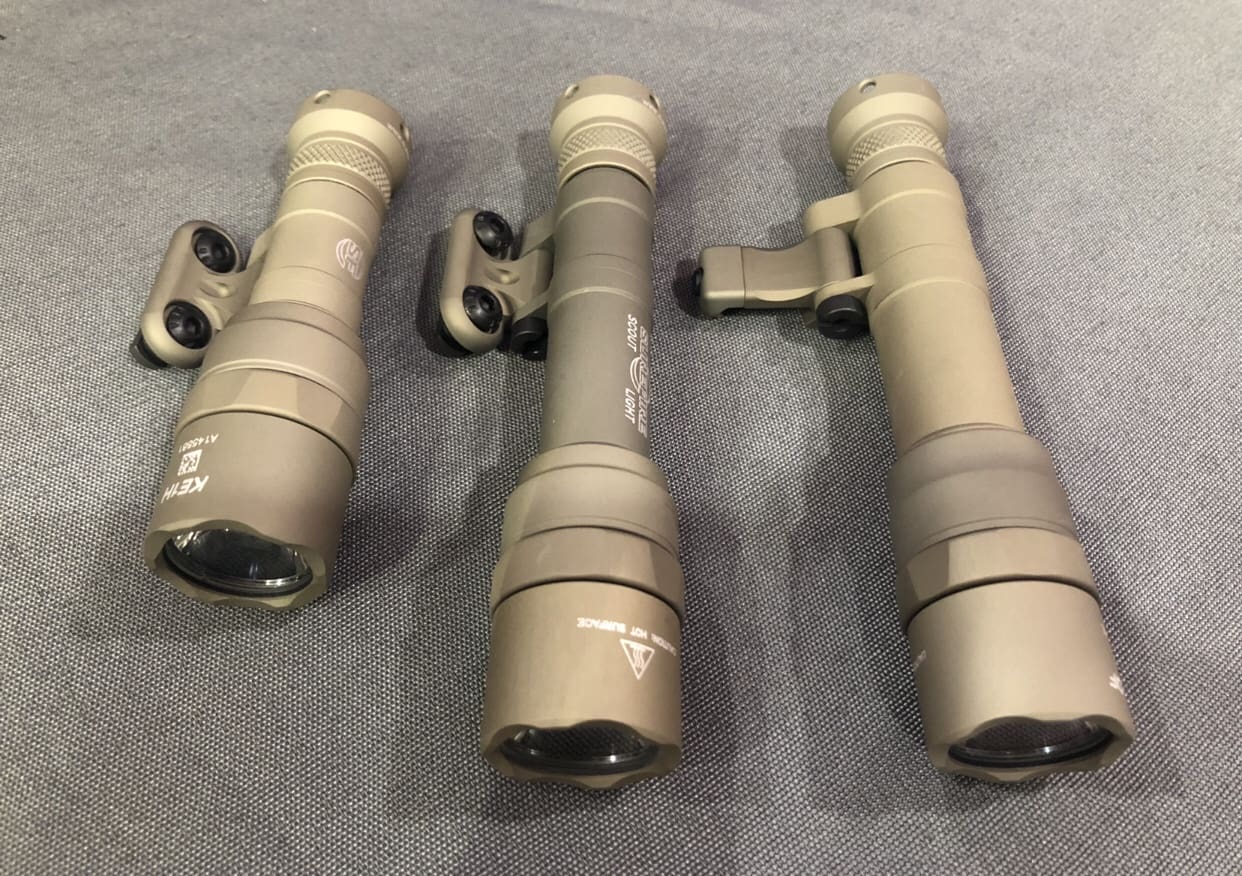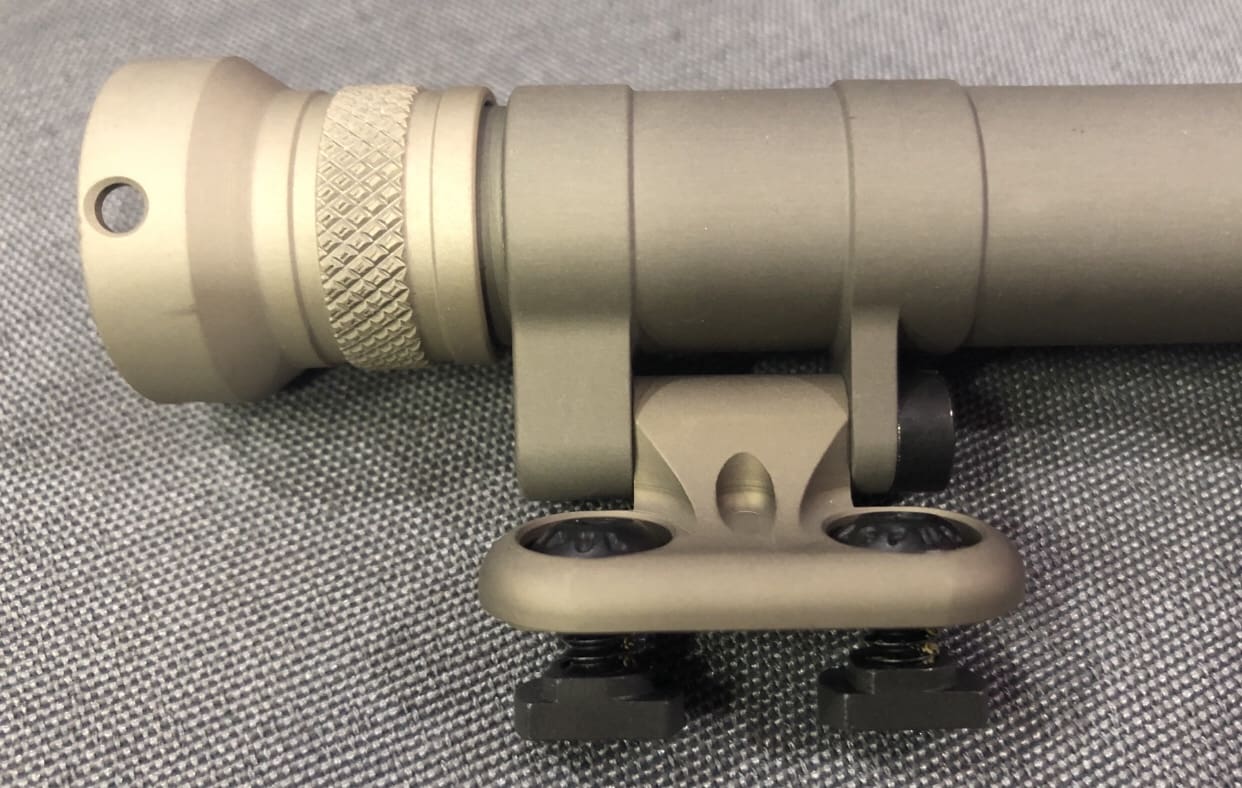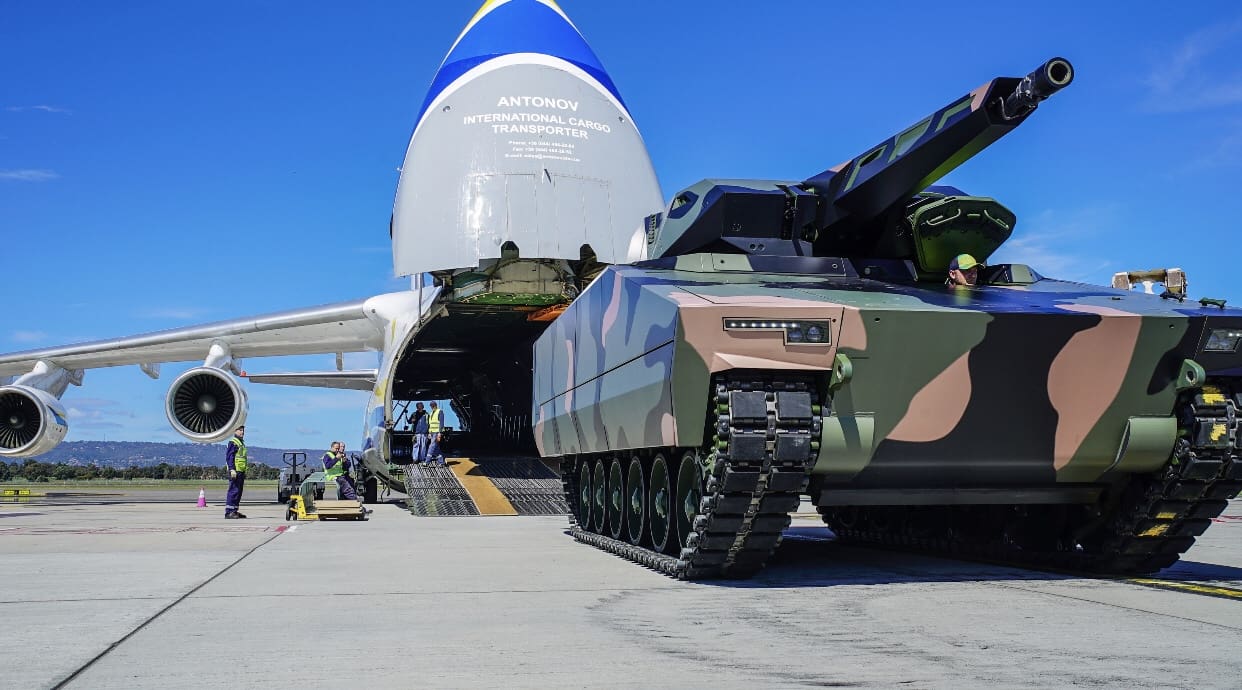
Rheinmetall is pleased to confirm the Lynx KF41 Infantry Fighting Vehicle (IFV) has been selected by the Commonwealth of Australia to compete in the Risk Mitigation Activity (RMA) trials for the $15 billion LAND 400 Phase 3 program.
Lynx KF41 is a next generation tracked, networked and highly protected IFV which meets the stringent military requirements of LAND 400 Phase 3. The Australian Army needs a networked, protected and enabled IFV for close combat – to close in and defeat an enemy in the most dangerous and lethal environments for Australian soldiers.
Rheinmetall will deliver three Lynx IFVs to compete in RMA trials to be conducted in Australia. If successful, the Lynx IFV fleet will be manufactured in Queensland at Rheinmetall’s new Military Vehicle Centre of Excellence at Redbank south west of Brisbane.
Rheinmetall Defence Australia Managing Director, Gary Stewart, said: “We welcome the Commonwealth’s decision to select Lynx KF41 for the RMA trials and look forward to demonstrating the capability of our next generation infantry fighting vehicle.”
“We believe Lynx is the best vehicle in its class for Australian needs and it sets new standards in protection, mobility, lethality and knowledge needed to survive and defeat any adversary,” Mr Stewart said.
“Rheinmetall has developed this vehicle so it is positioned at an ideal level of maturity when Australia needs it to enter service in 2026 – and it has the inherent growth capacity and a growth path to extend these capabilities through its 40+ year life.”
Rheinmetall is already delivering an Australian Industry Network for Land 400 that builds an industrial capability in Australia. This includes creating high technology enduring jobs for hundreds of Australians by localising design and manufacturing expertise in electro-optics, weapon systems, fire control and sensor systems, turret manufacturing, variant design and manufacture, integration, armour systems, simulation, training and fleet sustainment.
Ben Hudson, Global Head of Rheinmetall’s Vehicle Systems Division, said: “We are delighted to have been selected in Australia for the next phase of this important program.”
“Design, development and manufacture of the Lynx in Australia for the Australian Defence Force will build on the advanced manufacturing jobs at our new MILVEHCOE as well as a strong national industrial network of Australian small and medium businesses across Australia,” Mr Hudson said.
Rheinmetall is delivering 211 8×8 BOXER Combat Reconnaissance Vehicles (CRV) to the Australian Army from 2019 after the vehicle was selected by the Commonwealth after 12 months of RMA trials by ADF personnel in 2016-2017.
Both the BOXER and Lynx are modular. That means the vehicles can be reconfigured to achieve many different missions with high commonality. This allows for reconfiguration of the fleets for emergent operational needs, providing greater mission flexibility, reducing through-life costs, enabling faster introduction of new technology, and optimising ongoing fleet management.
“Rheinmetall has taken all of the significant benefits of BOXER and ensured they are part of the Lynx KF41 package,” Mr Stewart said, “with significant commonality between the vehicle fleets.”
“Extending our partnership with Army and the Commonwealth to deliver the Lynx for Land 400 Phase 3 would deliver a fully integrated armoured vehicle fighting force for the ADF.”









